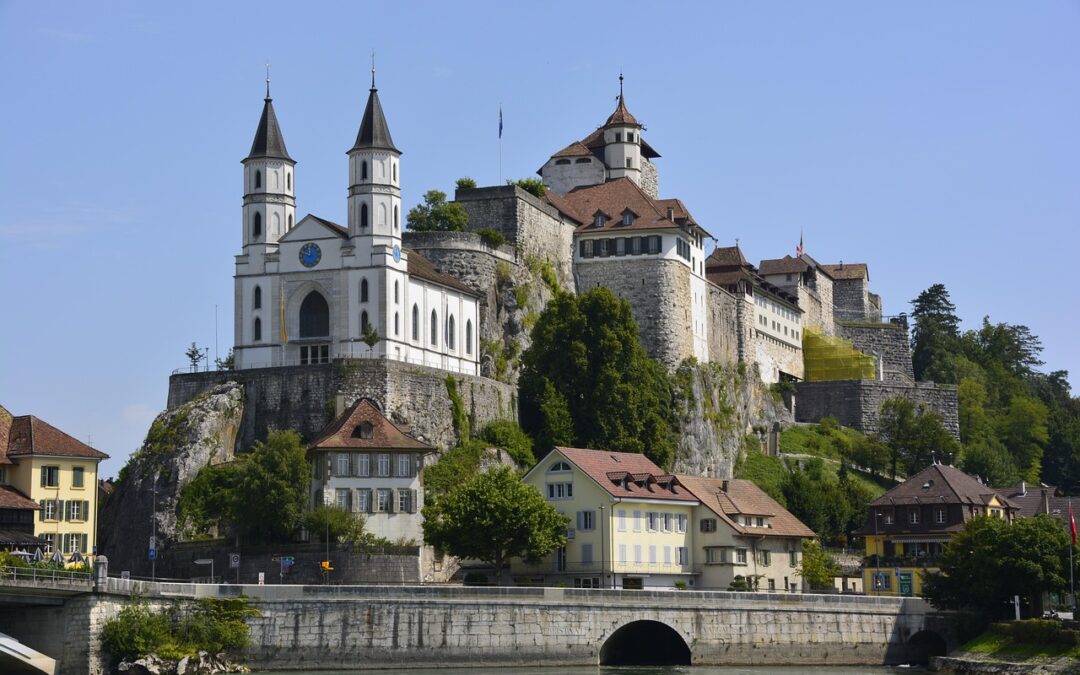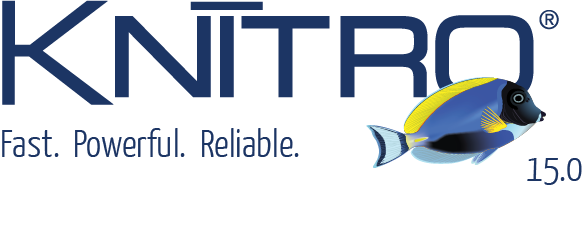Artelys team wins 530k$ prize money in prestigious ARPA-E Grid Optimization Competition
ARPA-E’s Grid Optimization Competition
Managed by ARPA-E, The Grid Optimization (GO) Competition is a series of challenges aimed at developing software management solutions to address power grid problems. The GO Competition involves developing and testing power system optimization and control algorithms on a range of different synthetic and real network models. The U.S. grid utilizes generation sources to deliver safe and reliable energy. As the energy demand grows and renewable energy sources, such as wind and solar, are incorporated, the grid becomes more difficult to manage and requires modern solutions to operate. Billions of dollars of savings per year are possible from software improvements to better optimize the U.S. power grid. Thus, the competition intended to create a more reliable, resilient, and secure American electricity grid.
The GO competition was launched in 2018 with an initial challenge focused on security-constrained optimal power flow (SCOPF) and partakers submitted strategies for solving such problems. This year, Challenge 2 concentrated on the topology optimization problem and challenged innovators to find new ways to make the grid more agile and secure. This stage expanded upon the SCOPF problem by adding adjustable transformer tap ratios, phase-shifting transformers, switchable shunts, price-responsive demand, ramp rate constrained generators and loads, and fast-start unit commitment. The Challenge 2 problem objective was to maximize a market surplus for a given network.
Artelys team winning solution
The NU_Columbia_Artelys team, led by Artelys’ senior scientist Richard Waltz, finished second across the four-scoring divisions using a software solution built around the industry-leading Artelys Knitro nonlinear optimization solver. They developed a transformational way to solve power flow optimization problems, as well as algorithms to assess the central challenge underlying all grid planning and operational tools.
The largest networks in the competition involved over 30,000 buses, resulting in a nonlinear, nonconvex, mixed-integer optimization problem with millions of variables and constraints, which needed to be reliably solved in minutes. In addition, these problems involved thousands of contingency scenarios that required to be solved in seconds to ensure the reliability of the power network in the event of a line or generator unexpectedly going out of service.
The Artelys team emerged with smart heuristics to simplify and reduce the size of the optimization problem by first determining how to set certain grid components representing important discrete decisions — for example, deciding which generators should be turned on. Artelys Knitro optimization solver was then deployed to quickly and reliably optimize the remaining network.
If you want to know more about Artelys Knitro applications, you can contact us or visit the dedicated web page.

Swissgrid selects Artelys Crystal Super Grid
Artelys is pleased to announce that Swissgrid, the Swiss electricity Transmission System Operator (TSO), has selected Artelys Crystal Super Grid, our multi-energy simulation solution, to support their strategic planning and system analysis activities.

Artelys led the Assessment of Policy Options for Securing Inertia for the European Commission
The European Commission’s Directorate-General for Energy (DG ENER) selected Artelys (leader), Trinomics, and Tractebel ENGIE to study solutions for ensuring the future frequency stability of the European power system. The study report was published in August 2025 by...

Artelys Knitro 15.0: New Tools for Your Large-Scale Models
Artelys is pleased to announce the release of Knitro 15.0, which provides new algorithms and performance improvements to solve your large-scale optimisation problems, whether linear or non-linear, more quickly.

Artelys Introduces Future Sight: a Visualisation Tool Supporting the Energy Transition
As partner in the European Climate + Energy Modeling Forum (ECEMF) – a Horizon 2020 Europe project uniting research institutes and leading energy modellers in Europe – Artelys has contributed to modeling activities powered by Artelys Crystal Super Grid modelisation tool, and has led the development of a fully-fledged visualisation tool.
subscribe to our newsletters
© ARTELYS • All rights reserved • Legal mentions